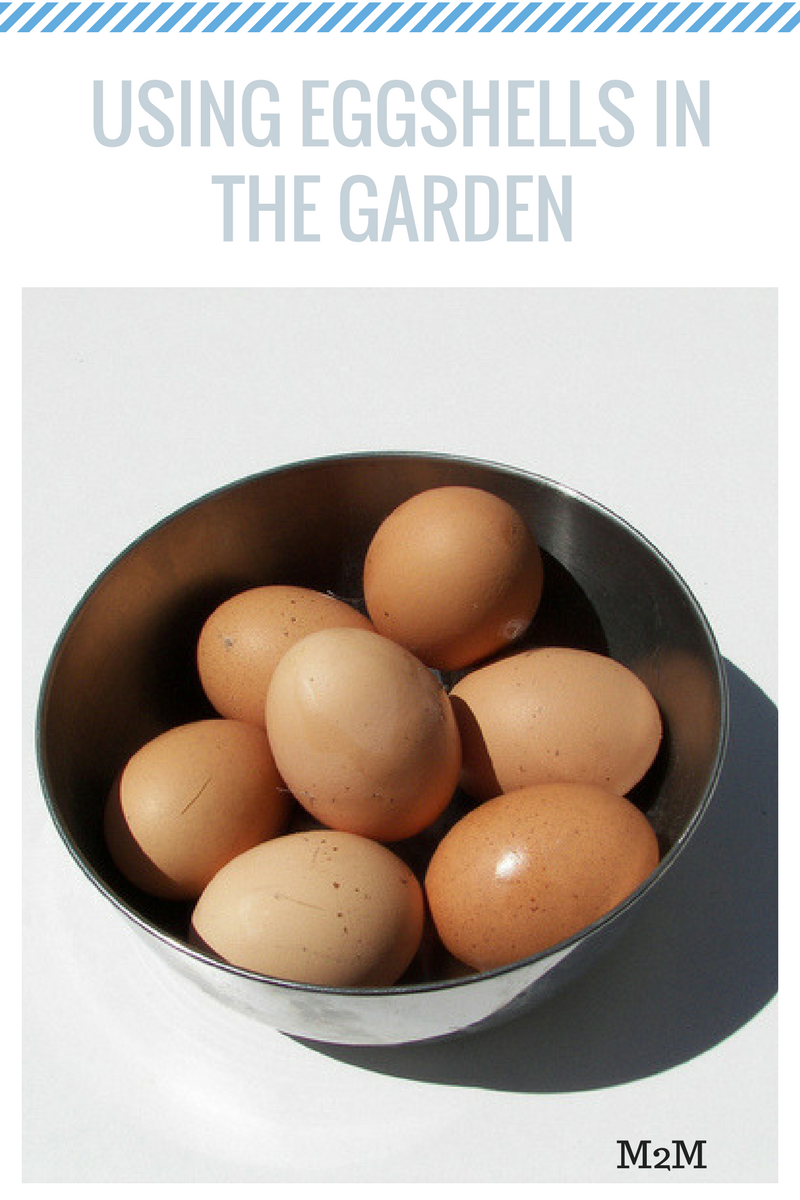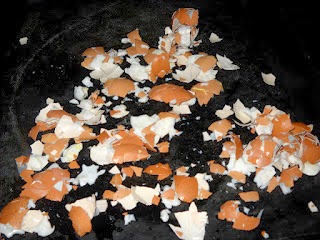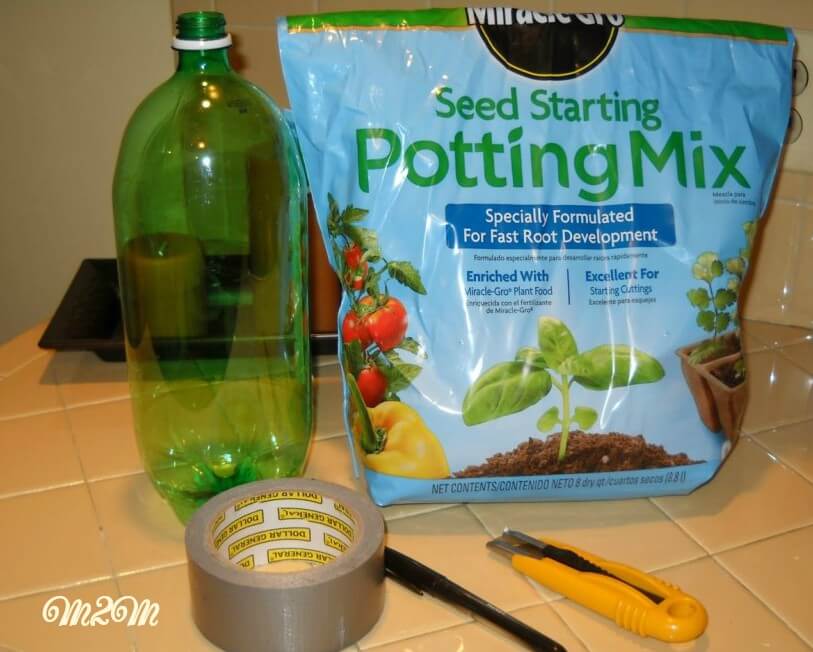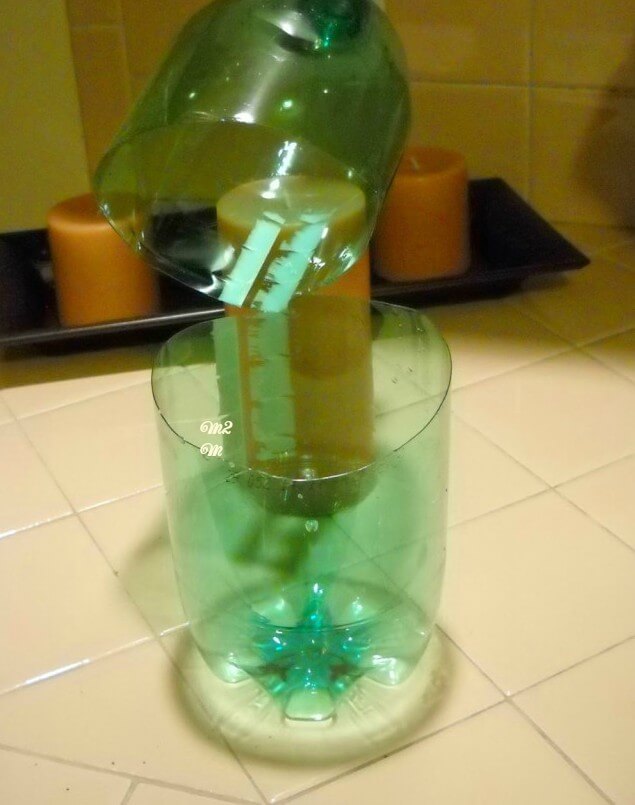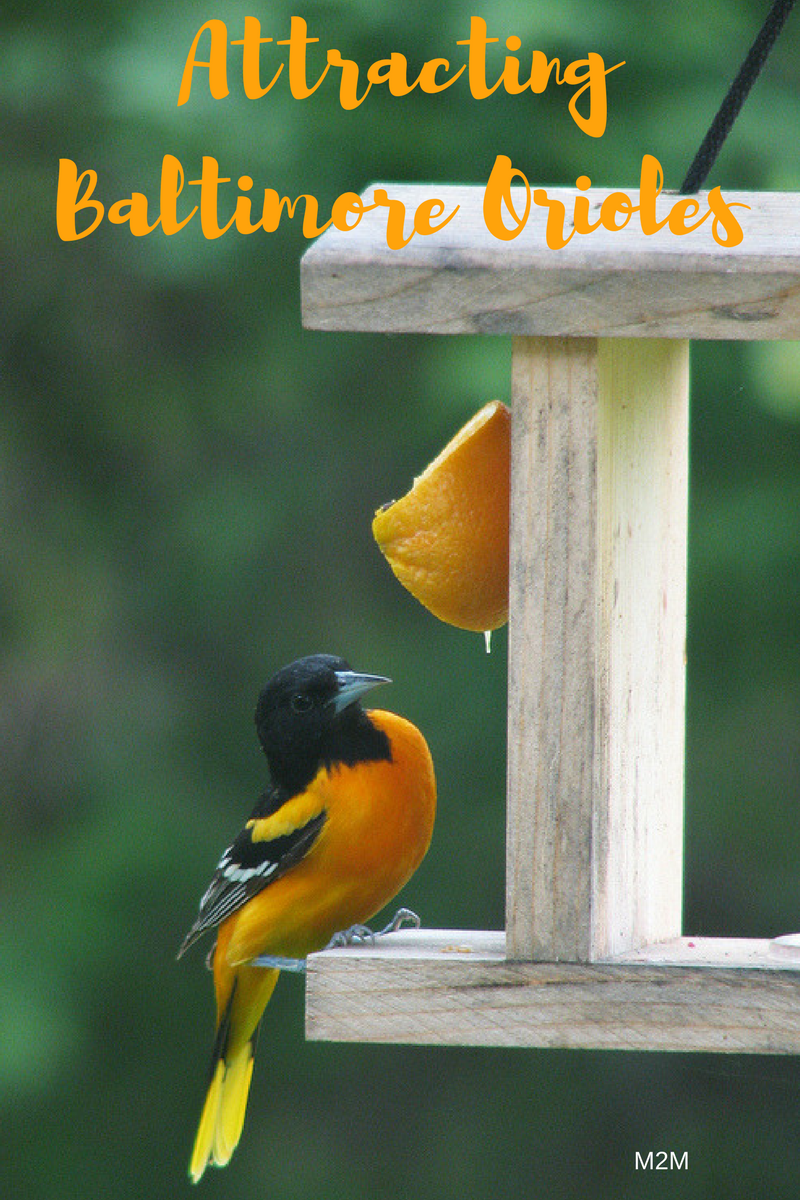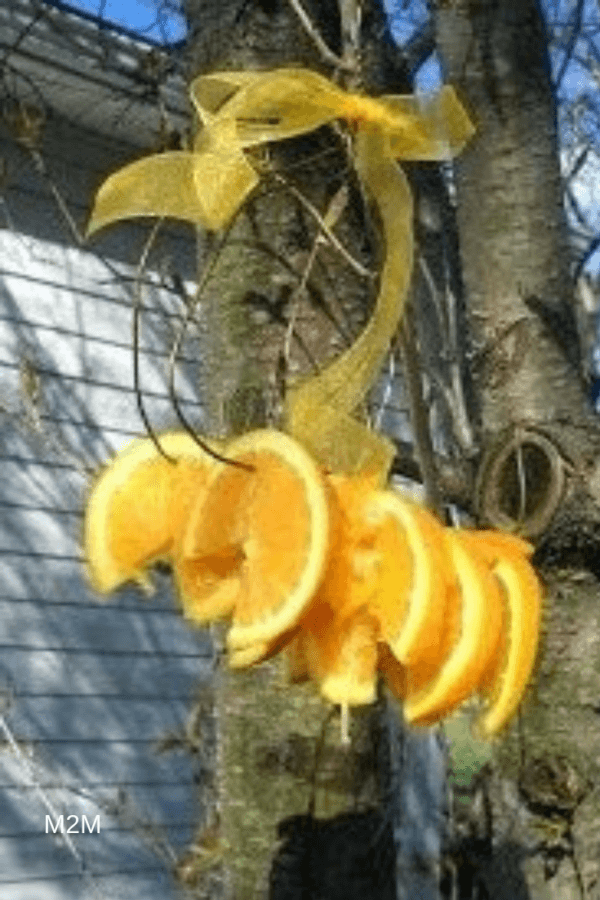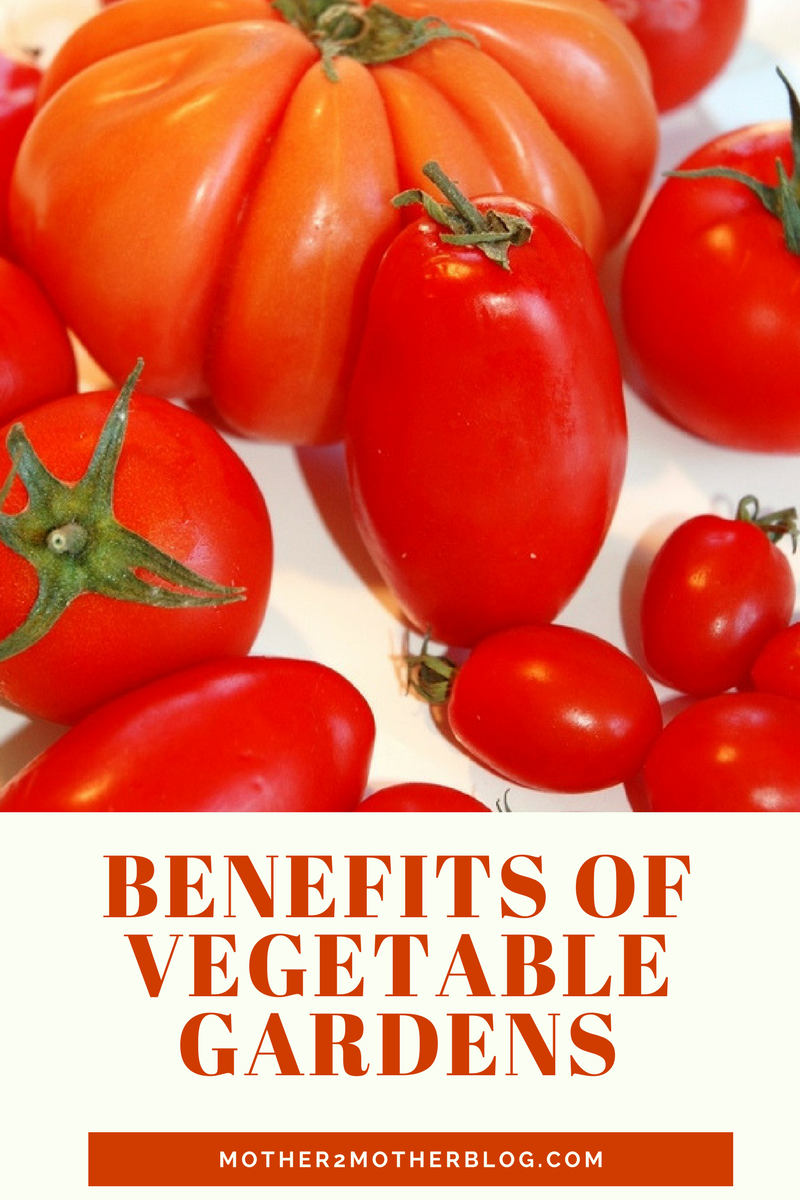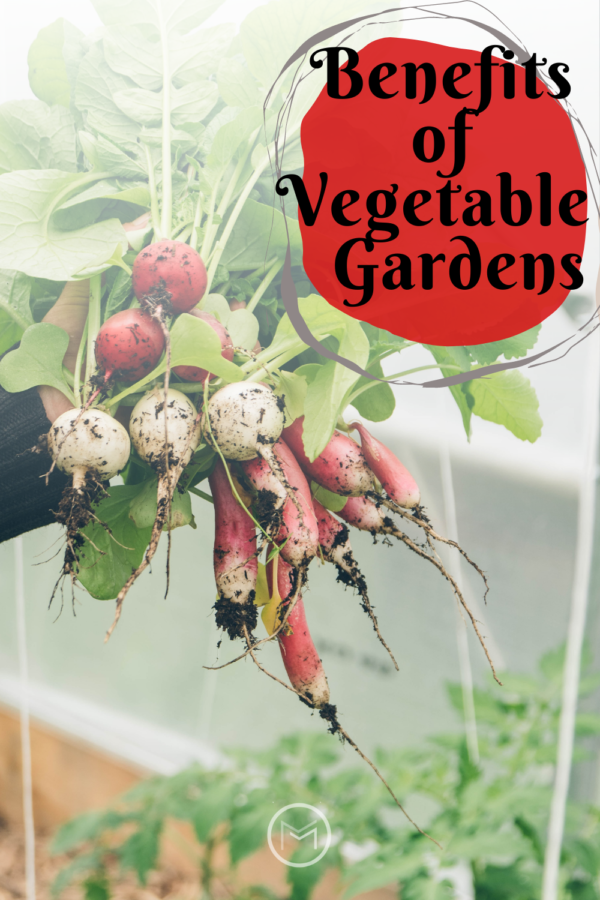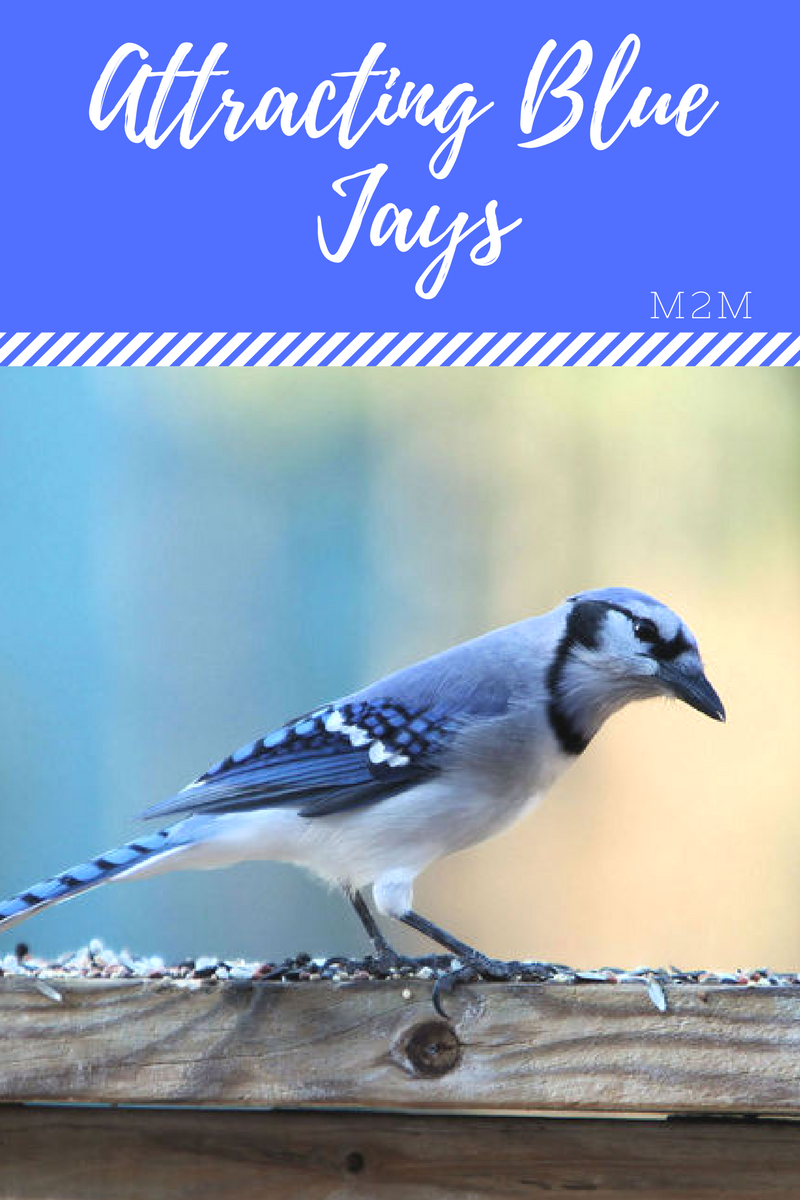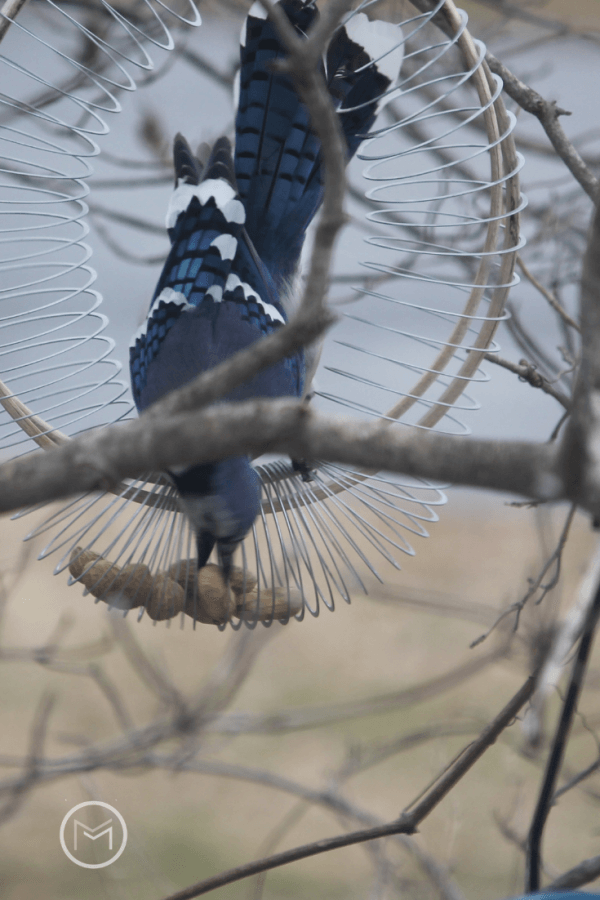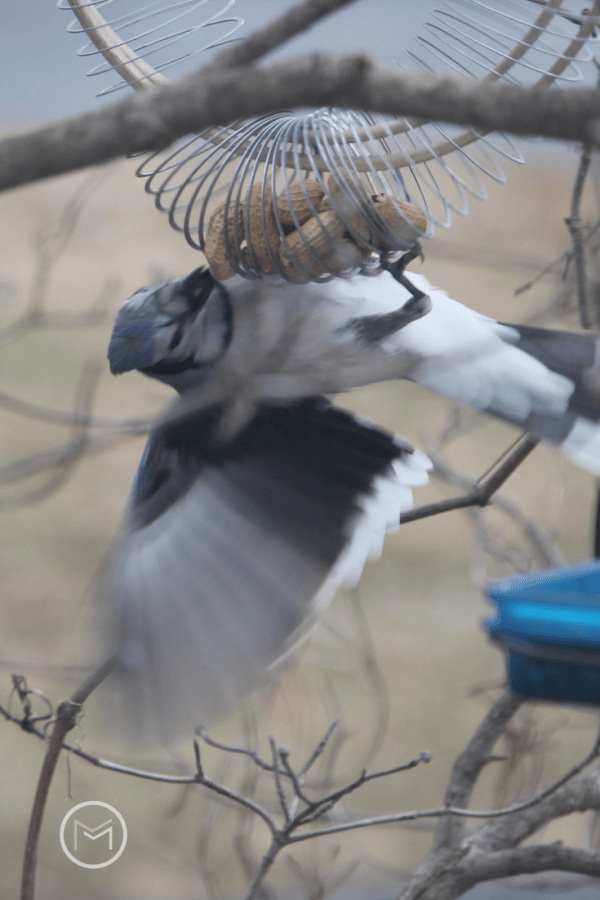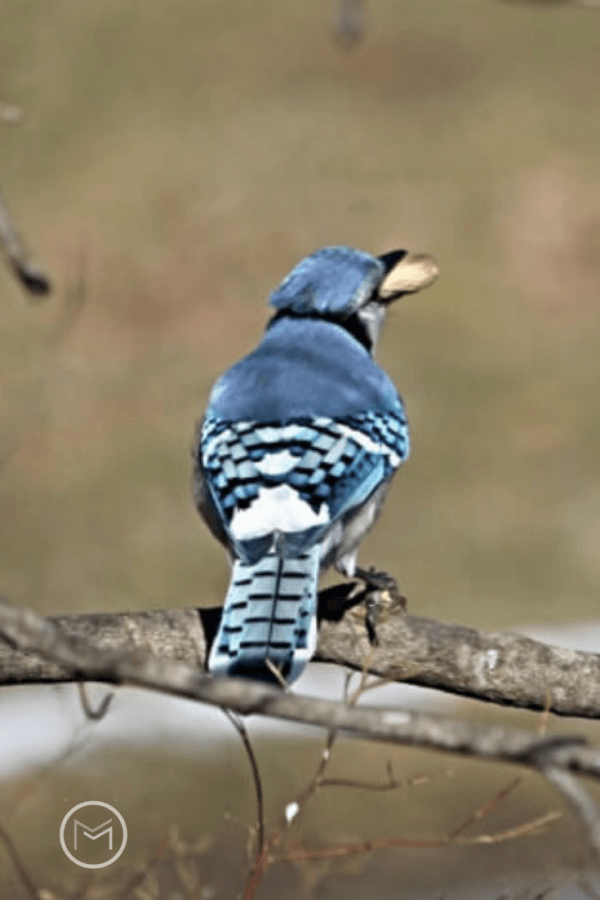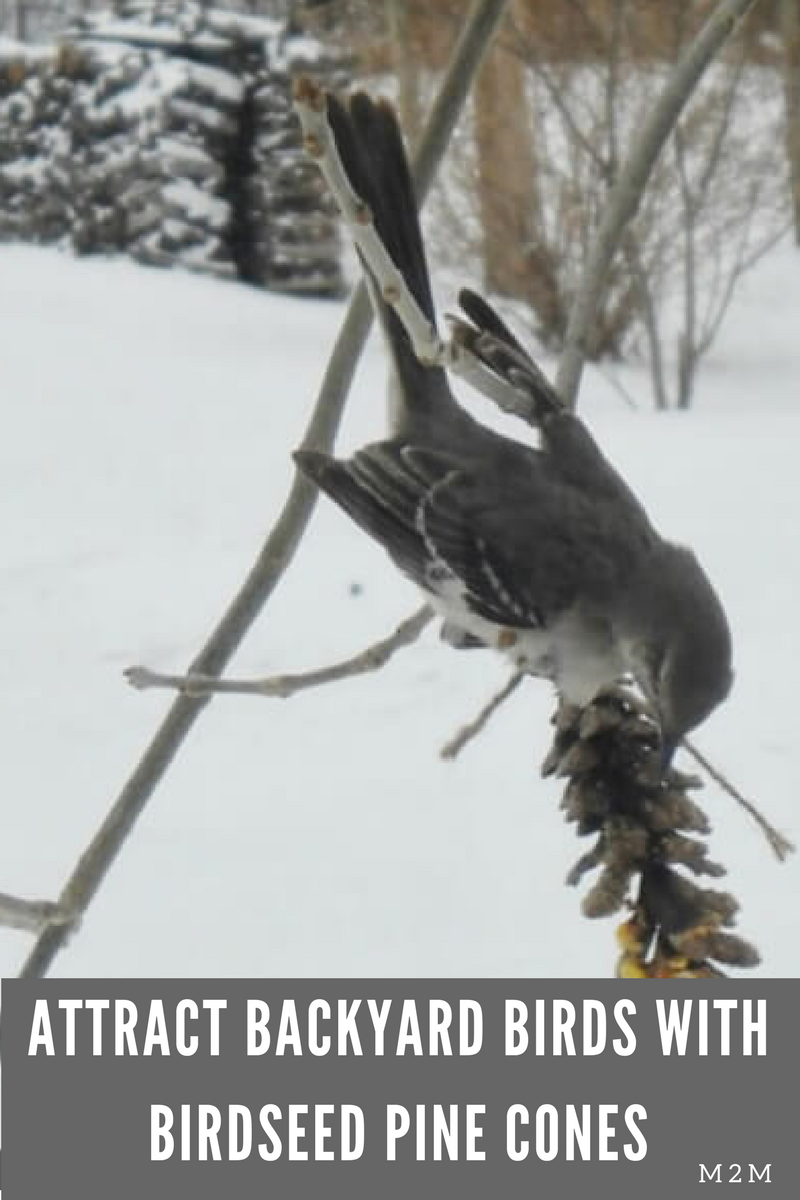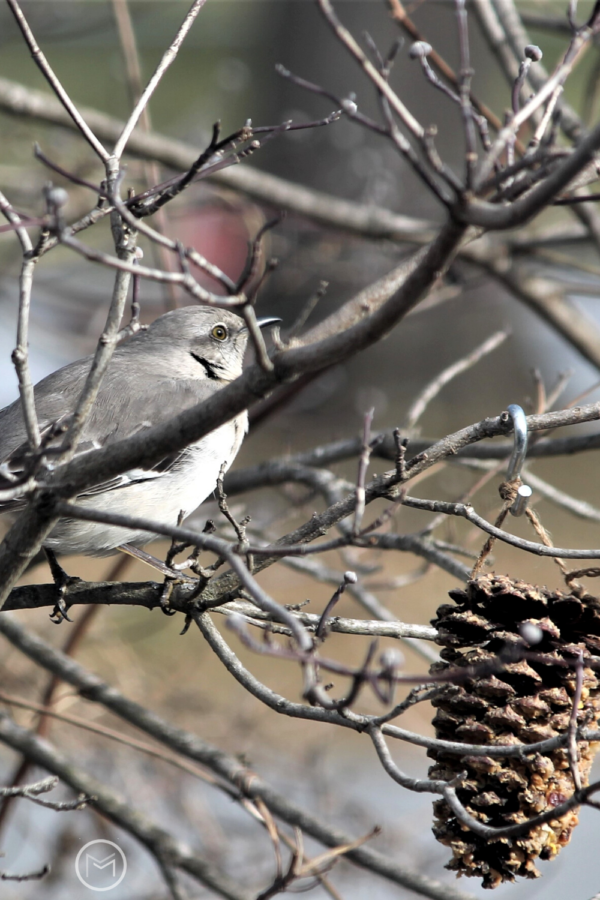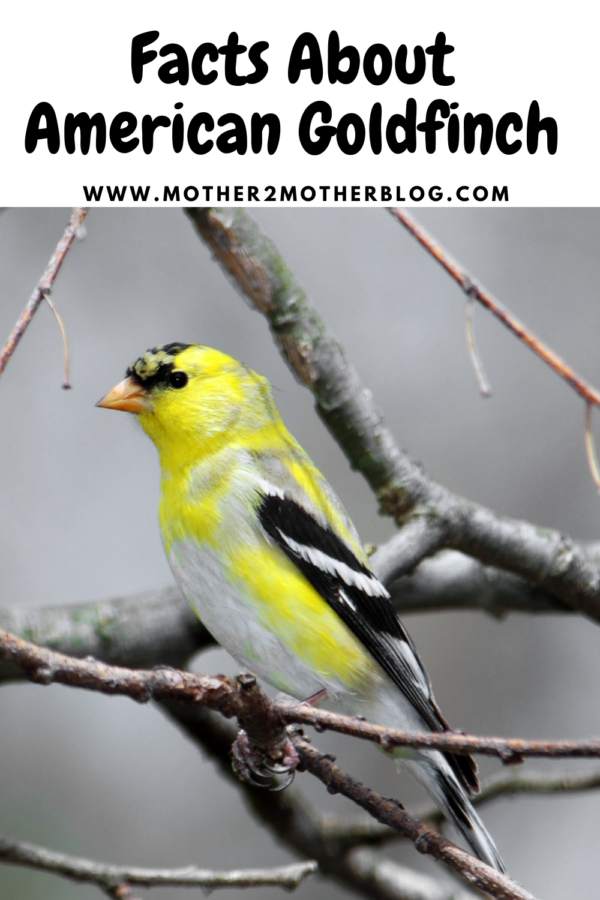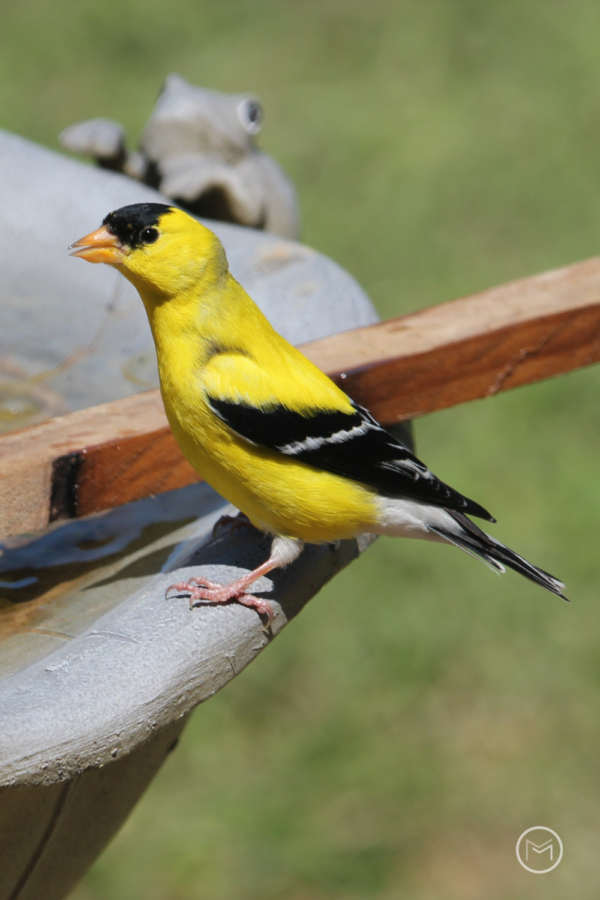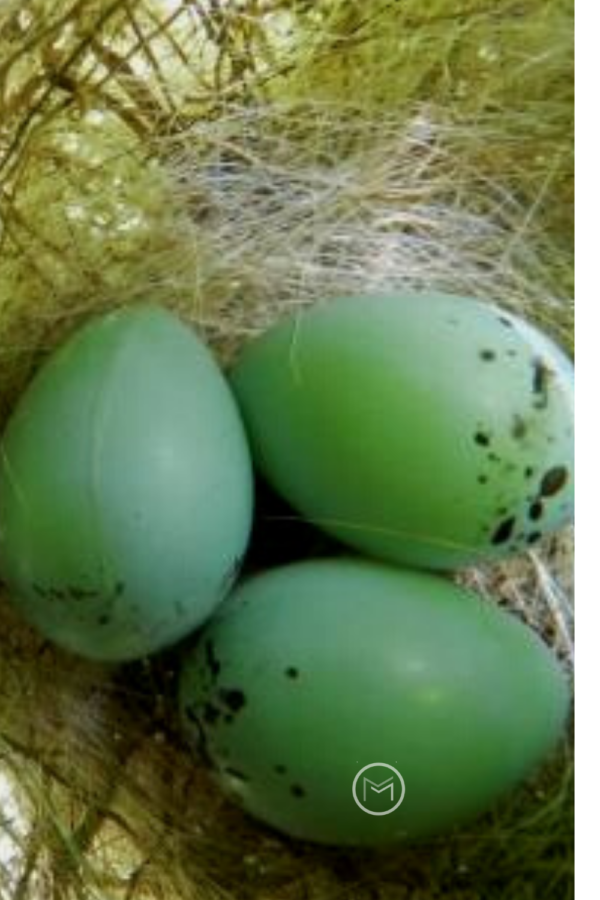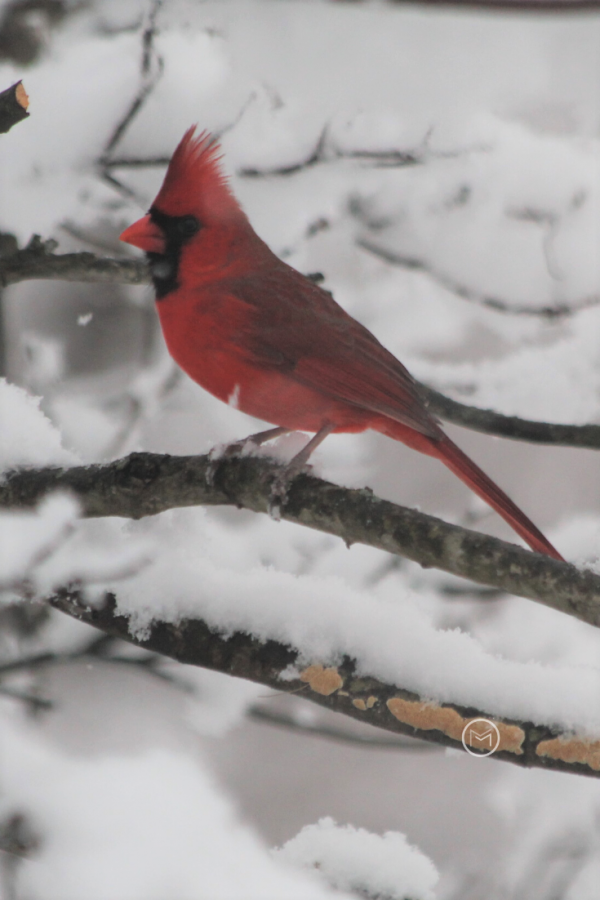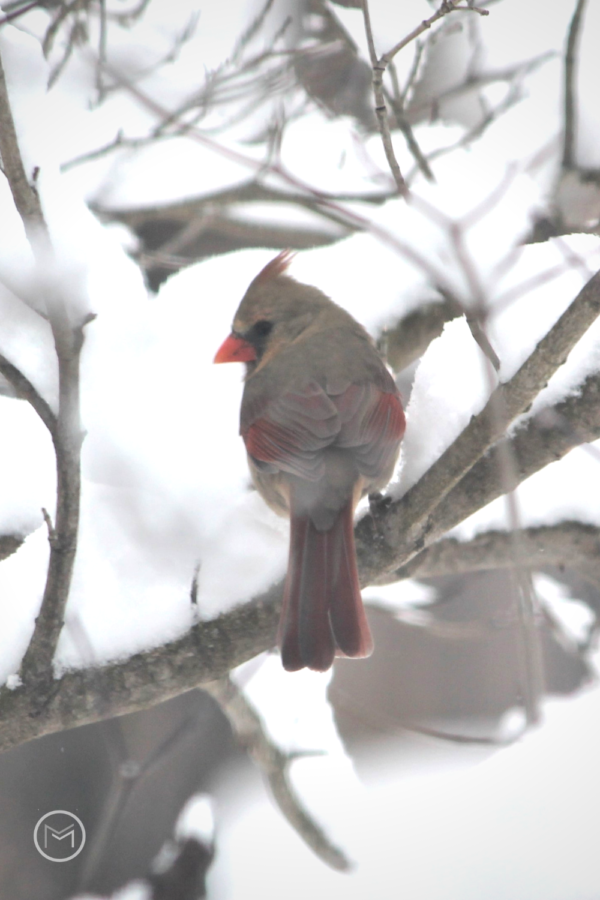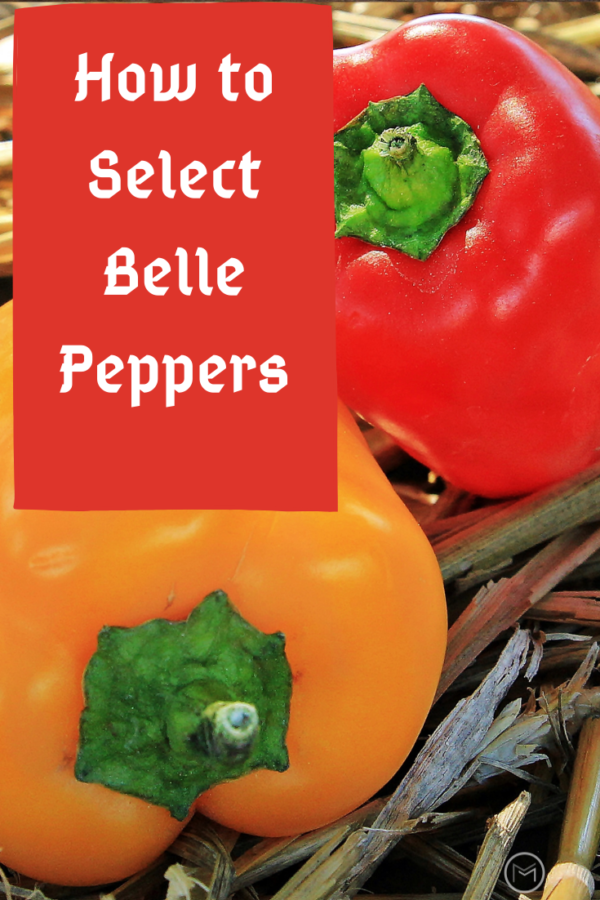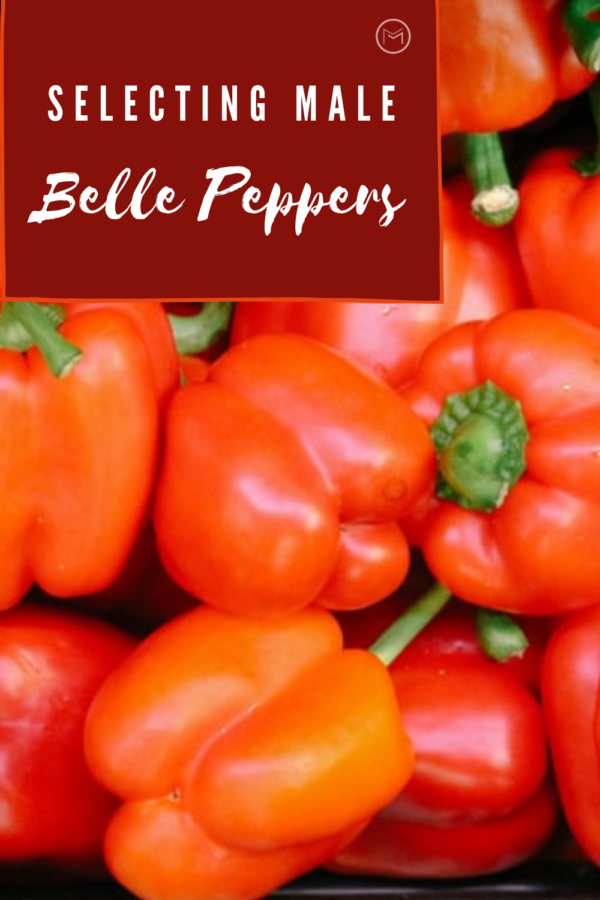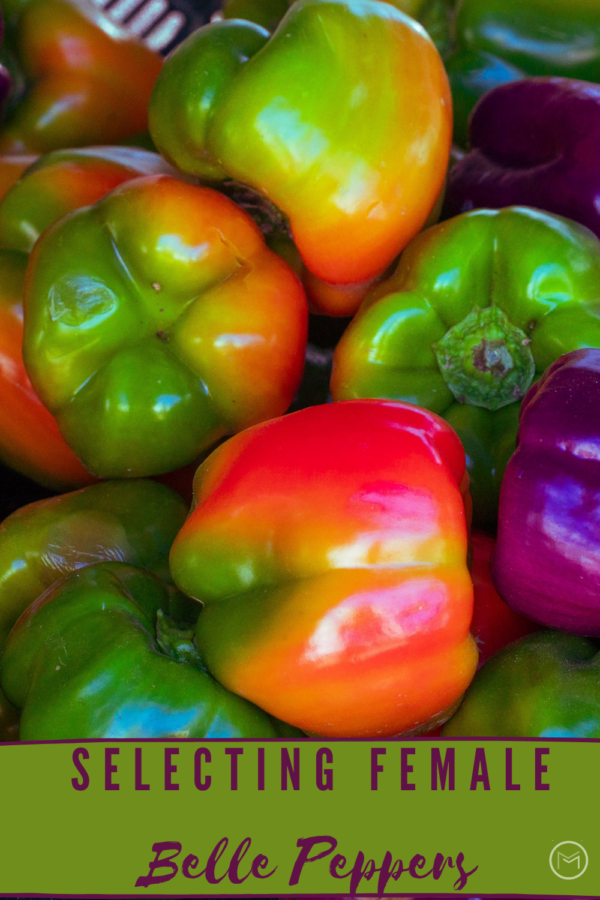
I decided to involve my grandson when he was little. He lives near the beach, so backyard gardening isn’t a common theme in that area. When he visits in the summer he loves to help me with my garden. He enjoys playing in the dirt and watering my plants. I believe that children need to be exposed to different cultures and experiences.
Most importantly, he is learning. Here’s a few reasons to garden with your child:
They learn about growing vegetables and flowers – My grandson loves it so much when he hears the back door open, he is on my heels. In the photo below, he’s picking peppers. Hot peppers are big in my family. We love them on everything. My grandson loves hot peppers on his nachos. He’s a kid after his grandmother’s heart. I pickle hot peppers and freeze Belle peppers so we have a fresh supply all year.
It’s a great way to learn responsibility – Give them chores once you get them outside. Have them rack leaves retrieve the hand rack or shovel. He loves it so much when he hears the back door open, he is on my heels. In the photo above, he’s picking peppers. Hot peppers are big in my family, we love them on everything. Xavier loves hot peppers on his nachos, he’s a kid after his grandmother’s heart. I pickle hot peppers, so we have a fresh supply all year and freeze Belle peppers for cooking.
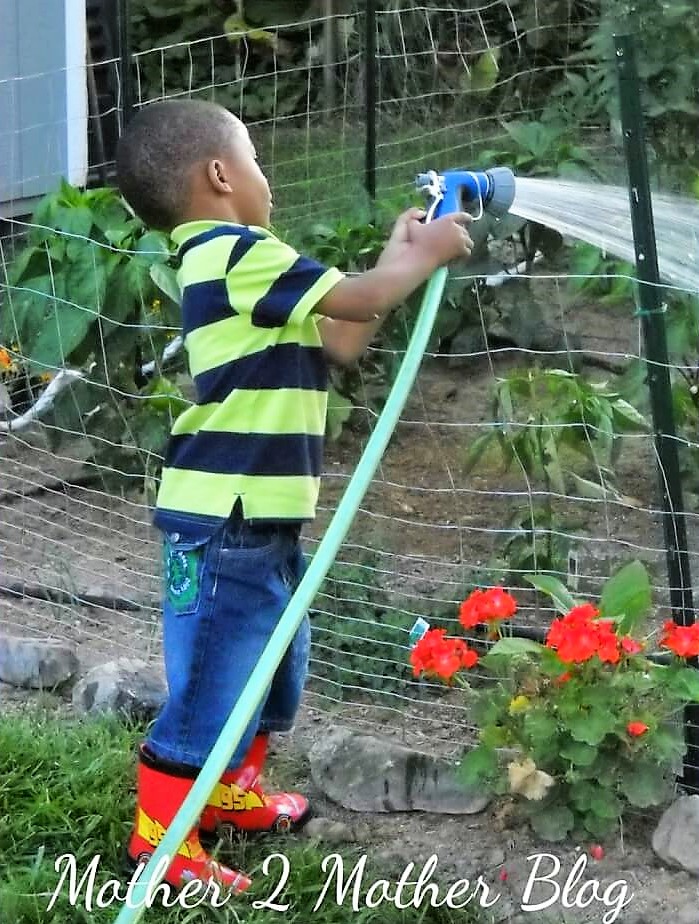
Next, he’s learning the importance of watering plants, weeding and waiting to reap the benefit. How do you like his garden boots? They’re Disney cars. He loves splashing in the water after he makes puddles in the yard. I can’t say that he’s learned to love everything he’s nurturing in the vegetable garden, but he’s having fun helping everything grow.
My grandchildren do love carrots, corn, cucumbers and tomatoes. I use them in pasta salads, and the tomatoes for sauce for spaghetti and pizza which they both love. I also can tomatoes for chili and soup in the winter. Yum!
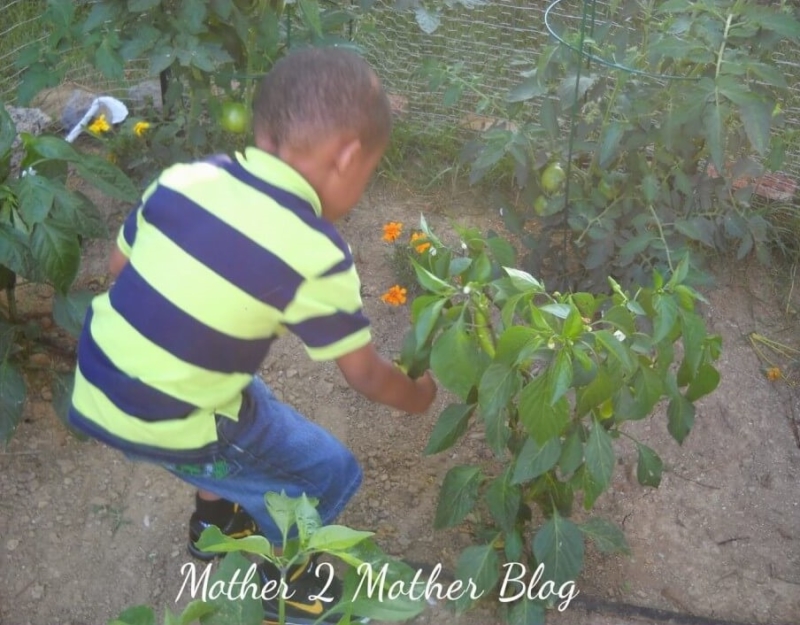
I’m a petunia lover too, so I make sure they’re the star on my deck in the summer. Xavier was 2 when I started involving him in my gardening. I thought I would share this picture of him sucking his binky and watering my plants. It’s one of my favorite pictures of him. I purchased a little watering can, rake and shovel for him too. He remembers watering the plants, and now wants to water them each summer. My granddaughter is old now, hopefully she will take an interest as well.

Gardening with your child doesn’t have to be expensive. I start most of my vegetables and flowers from seed that I save. I also purchase plants off the clearance rack at Walmart or Lowes. The planter above is filled with Walmart clearance items. I purchased the planter from the Dollar Store.
Most importantly, if you don’t have a yard use your balcony or patio to grow a few plants. Get your child involved. Better yet, let them plant a few flowers or vegetables of their own. It teaches them responsibility and also gets them involved in nature. Try a perennial, they come back each year.
